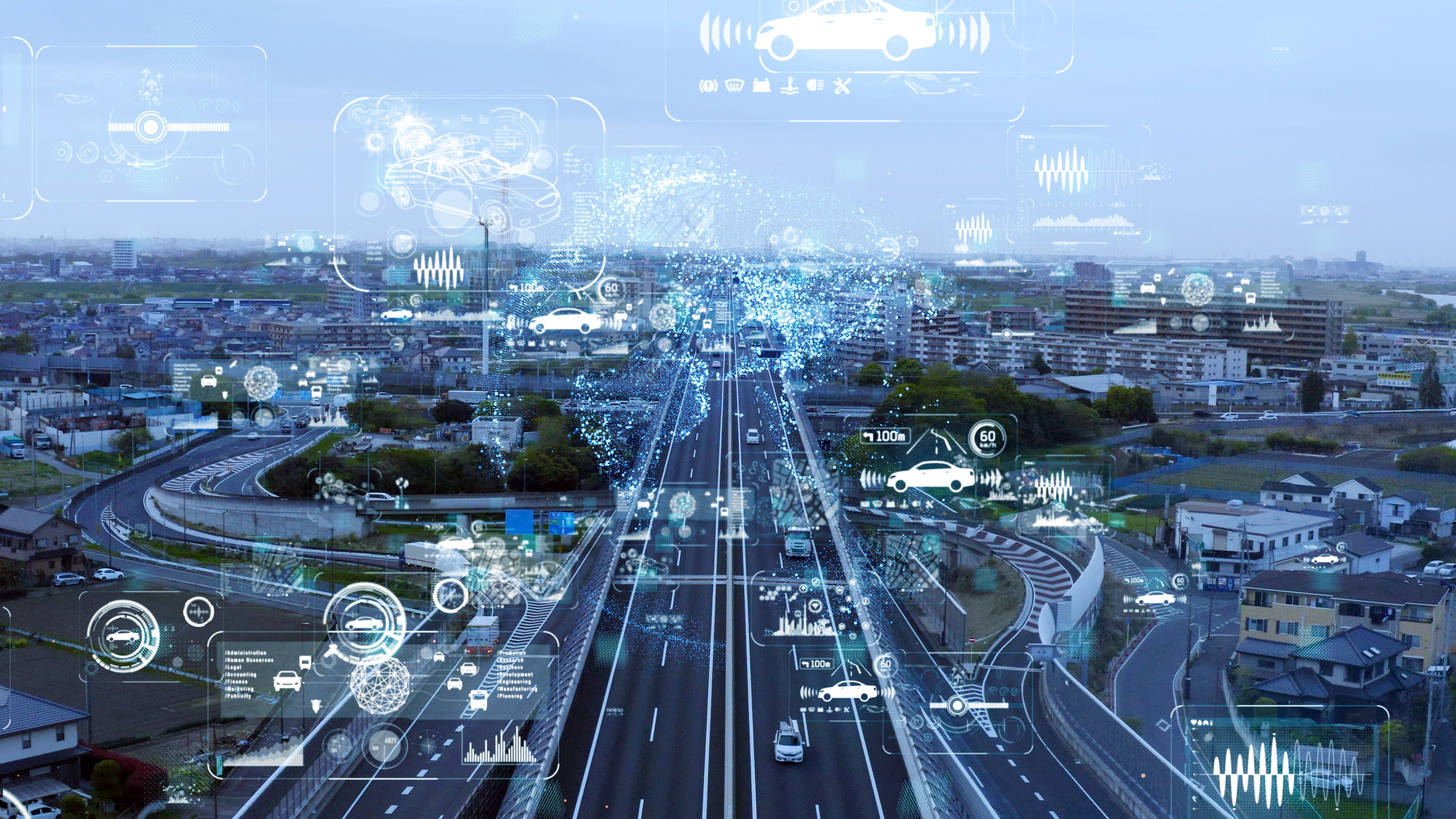Video has long been used by law enforcement to investigate crimes and bring the perpetrators to justice. But trawling through video recordings for evidence takes a great deal of time and resources. Increasingly though, technology is being used to assist the police in their analysis of video evidence, while at the same time avoiding any negative impact on civil liberties.
In any large city there are thousands of CCTV cameras recording people as they go about their lives. While the majority of cameras are owned by businesses and residents, many are owned by the public sector – the police, transport authorities and local government. In London’s Kings Cross St Pancras station alone there are over 400 cameras. Millions of hours of video footage is produced by CCTV every day.
This video footage is used for many purposes including spotting potential danger in industrial premises and managing crowds for reasons of safety and efficiency.
Gathering the evidence of crimes
The police also have access to considerable amounts of video footage when investigating crimes. For any one case, there may be thousands of hours of video available for inspection – far more than can realistically be examined.
This is a major problem for policing. Evaluating video evidence is very difficult in practice. Simply playing video recordings can be problematic as there are so many different formats. And once the video is playing, individual police officers are left “eyeballing” video records for hours on end. Distractions and lapses of concentration can mean that vital clues are missed.
As the use of CCTV grows, more and more video becomes available to examine. Police forces are inundated, and it’s estimated that only about 1% of video evidence can ever be scrutinised. In a case in Queensland, Australia involving the murder of a 12 year old girl, the police had over 21,000 hours of video to examine – a task that would have taken one person 15 years to complete without the aid of technology.
How does technology provide a solution? Smart video analytics tools such as SeeQuestor’s Post Event solution use massive computing power combined with Machine Learning and Artificial Intelligence to extract the “noise” from video records, enabling Law Enforcement to focus on those parts of the video that may generate evidence.
This technology doesn’t remove the need to have a human being examine the evidence. It merely cuts down to a manageable amount the amount of evidence that needs to be examined. This frees police officers up to work on reducing crime and increasing public safety.
In addition, by providing strong evidence for criminal trials, the technology can also be used by defence teams to ensure that people accused of crimes have a fair trial. Everyone has a right to justice and a true record of events can help justice to be delivered.
Monitoring in real time
Policing isn’t the only use of this smart video technology. It can also be used to monitor video in real time. In reality it is impossible for a single security officer to monitor half a dozen (or more) TV monitors effectively. SeeQuestor’s iCCTV Real Time service provides security teams with alerts so that their attention can be directed to those screens that need close attention.
These alerts give security teams time to identify and if necessary apprehend persons of interest, spot suspicious pieces of luggage that are left unattended, flag and locate individuals carrying guns or knives, monitor unfolding events and prevent accidents and crimes. They are critically important in many environments: counter terrorism, traffic control and optimisation in smart cities, managing footfall at large events, and spotting danger signs (smoke, movement) in major industrial installations like power stations.
Maintaining civil liberties
This powerful technology naturally enough causes some people to question its effect on civil liberties and especially privacy. The truth is that while privacy is important, there are other liberties that citizens have – the rights to physical safety and to life for instance. There are times when privacy is not paramount.
For example, under the European Convention on Human Rights (article 8) privacy can be invaded if the actions taken are proportionate and necessary and if there is true accountability for those actions. These are important safeguards and organisations like SeeQuestor build them into their products, to ensure compliance.
The reality is that it is not the technology itself that is troubling. It can bring many benefits when used appropriately. It is how it is used that needs to be managed. And properly managed smart video technology has an important part to play in keeping society safe by turning unmanageable volumes of video data into actionable intelligence.
For more information please click here
Originally published on Business Reporter
Subscribe to Independent Premium to bookmark this article
Want to bookmark your favourite articles and stories to read or reference later? Start your Independent Premium subscription today.

